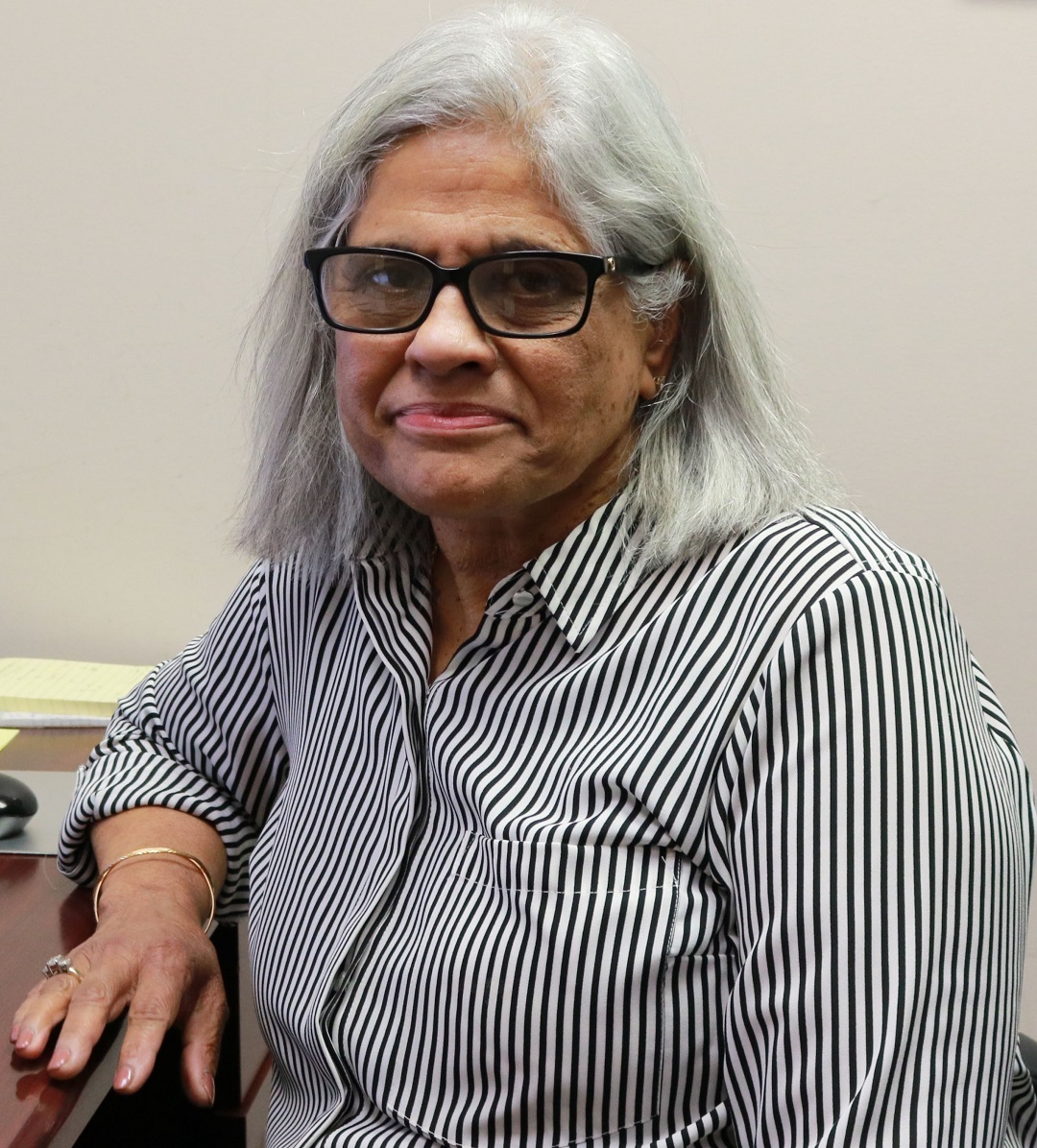Diabetic retinopathy is the major cause of acquired blindness in working age adults, and mitochondrial dysfunction plays a critical role in its pathogenesis.
That’s why a group of researchers at the Wayne State University School of Medicine are laser-focused on understanding the role of mitochondrial damage in diabetic retinopathy.

Professor of Ophthalmology, Visual and Anatomical Sciences, and director of Translational Research, Renu Kowluru, Ph.D., is the principal investigator, and the senior author of a new study that shows one of only three mitochondrial genome encoded long noncoding RNAs, specifically LncRNA Cytochrome B, maintains mitochondrial stability, and has the potential to serve as a promising diagnostic biomarker for the progressive blinding disease that a diabetic patient fears the most.
The resulting paper, “Mitochondrial Genome-Encoded Long Noncoding RNA and Mitochondrial Stability in Diabetic Retinopathy,” is published in Diabetes, a journal of the American Diabetes Association.
“In the pathogenesis of diabetic retinopathy, retinal mitochondria are damaged and the electron transport chain system is compromised, fueling into a vicious cycle of free radicals. Diabetes also alters expression of many long noncoding RNAs, and these RNAs with more than 200 nucleotides lack an open reading frame for translation,” Dr. Kowluru said.
The studies carry a significant translational impact as they identify a novel therapeutic target to inhibit the development and progression of diabetic retinopathy, offering patients additional means to prevent or halt the sight-threatening complication of diabetes.
“The role of long noncoding RNAs in diabetic complications is in its incipient stage; our study demonstrates the role of one of the only three mitochondrial genome encoded long noncoding RNAs, LncCytB, in maintaining the stability of mitochondrial genome in diabetic retinopathy,” she said.
Researchers Jay Kumar, Ph.D.; Ghulam Mohammad, Ph.D.; and Kumari Alka, Ph.D., also worked on the published study. The Kowluru lab is at the Kresge Eye Institute.
“Optimistically, LncRNAs are now being considered to provide clinical diagnostic and therapeutic values in cancer field,” Dr. Kowluru added.
They are now focusing on its role in maintaining transcription of cytochrome B, the only mitochondrial genome encoded protein of the complex III of the electron transport chain.
The award number for the National Institutes of Health grant that supported the research is EY333516.